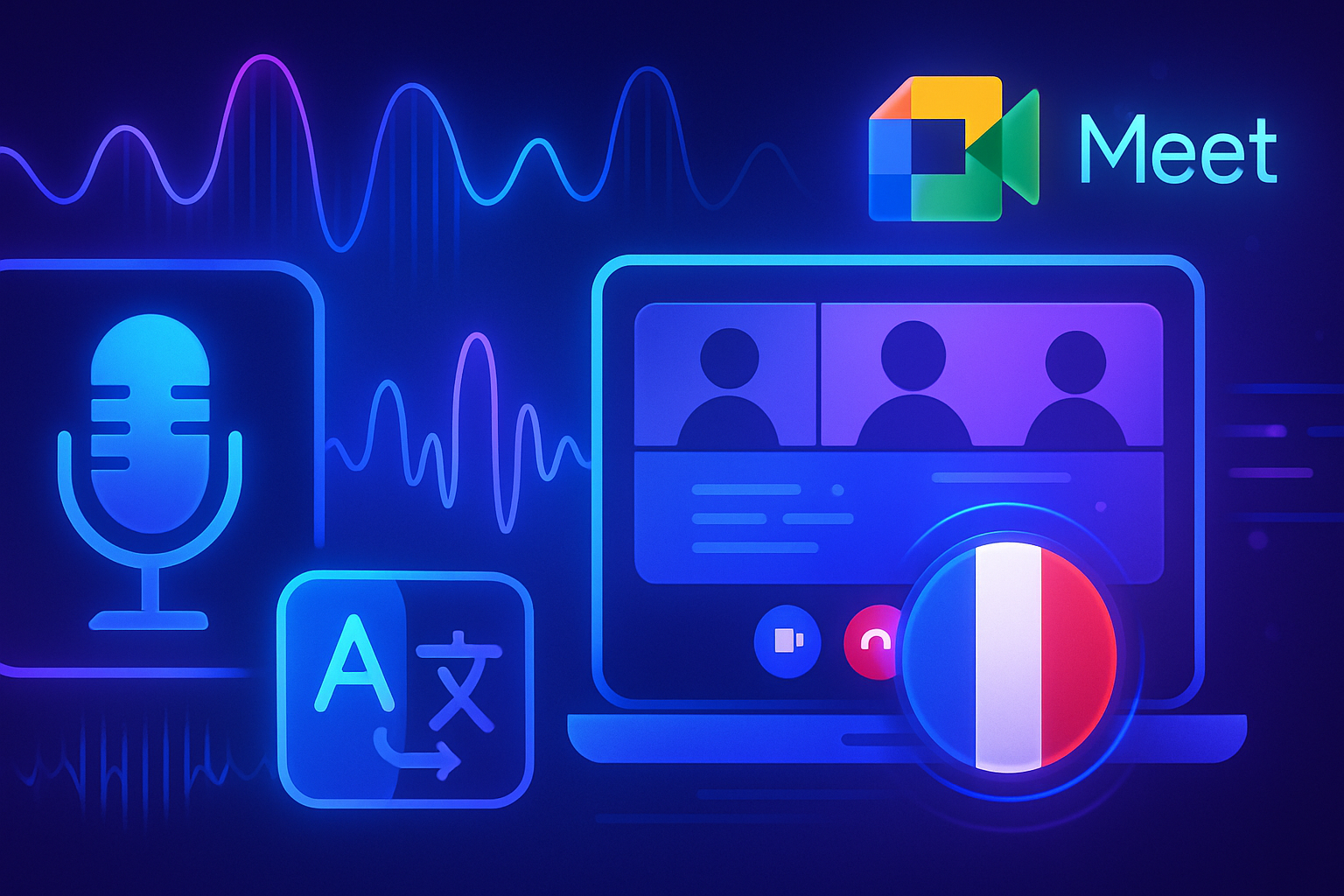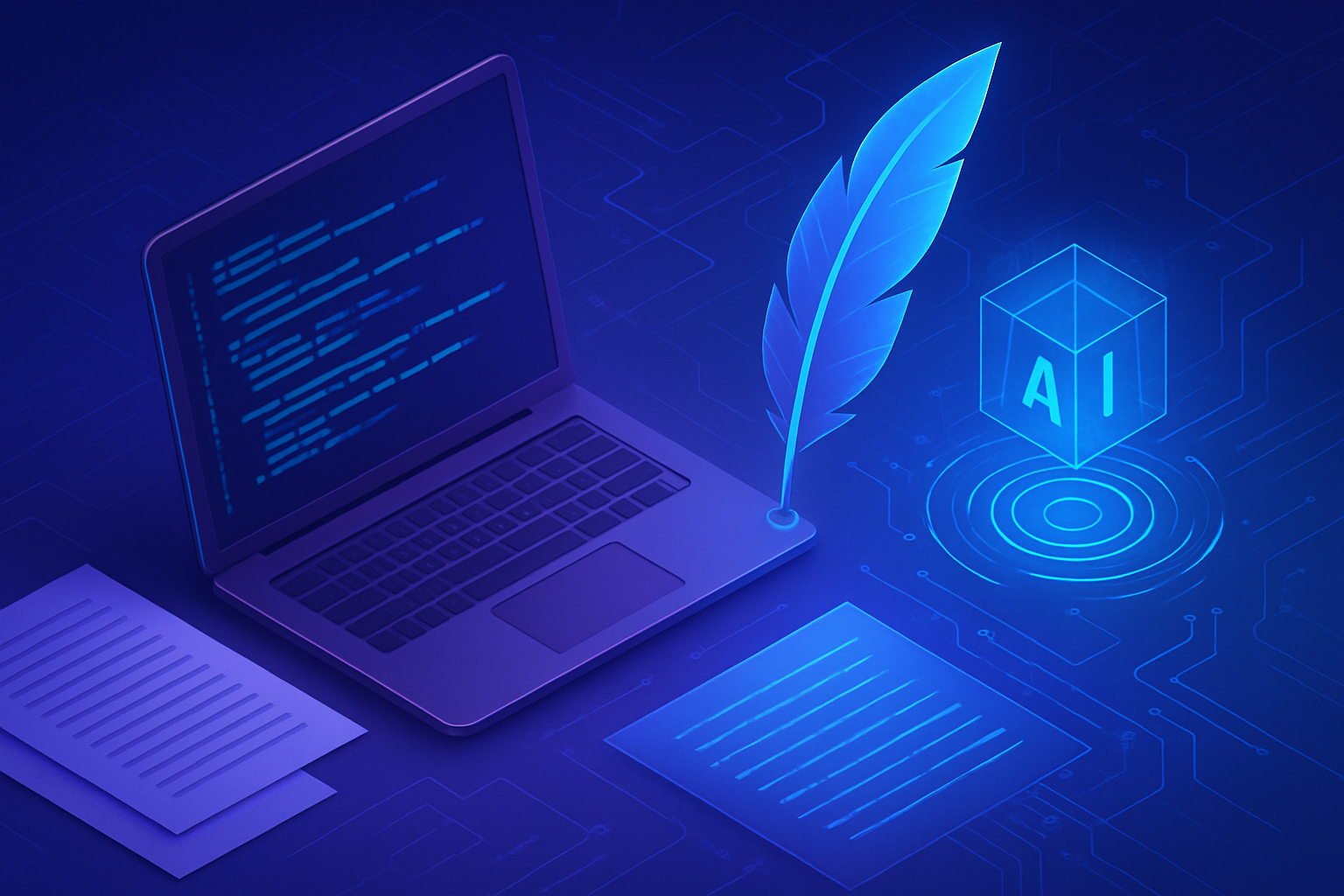Artificial intelligence is revolutionizing the way digital acquisition is approached. Every marketing player must seize this opportunity to optimize their performance. Elevating your acquisition strategy requires innovative practices, especially in such a competitive ecosystem. Recognizing the potential of AI now offers a decisive strategic advantage over less enlightened competitors.
Consider these fourteen practical tips, meticulously crafted to align your marketing efforts with the capabilities of AI. Learn to personalize your customer interactions and leverage real-time data for precise targeting. Support your growth with tailored techniques while cultivating a creative and human-centered approach.
The introduction of artificial intelligence to digital marketing profoundly alters industry practices. Therefore, companies must adopt responsive and tailored strategies to fully take advantage of this transformation. Datashake, an expert in the field, offers insightful recommendations based on the analysis of best acquisition practices.
SEA / SMA / Creation: maximize your campaigns
Predictive targeting emerges as a major asset. By combining AI with first-party data, advertisers can precisely identify the profiles to reach. Campaigns, such as Google’s Performance Max and Meta’s Advantage+, leverage intent signals to refine targeting. This intersection with your CRM data optimizes reach. Result: increased performance and improved ROI.
Advanced attribution is another strategic axis. With tools like Google Ads Data-Driven Attribution, companies can analyze the contribution of each channel in the customer journey. By amalgamating this data with cost and margin KPIs, informed investment decisions become possible.
Automating the analysis and creation of content represents another decisive advance. Technology enables real-time performance tracking of assets and adjustment of creations. Solutions like Smartly.io innovate by identifying visuals that saturate and generating variants to test.
The use of UGC (User Generated Content) will be transformed by AI. Producing authentic and engaging content at scale becomes less costly. Tools like CapCut facilitate the generation of videos from existing content, relieving the advertising budget while maintaining a high level of creativity.
Avoiding banality during creation is imperative. The risk of producing uniform content, akin to mass production, exists. Personalization through AI should enhance the storytelling while maintaining a strong brand identity according to the targeted audience.
SEO: the era of AI-assisted innovation
Assisted copywriting represents a turning point in content production. Tools like Jasper and ChatGPT provide time savings by generating optimized content. While automation is at the core of the process, quality and writing tone remain preserved.
The rise of GEO (Generation of Opportunities) is becoming imperative. This recent practice requires specific optimization for conversational agents and user queries. Upearly, a datashake entity, guides companies through this transformation, thus ensuring sustainable visibility.
Anticipating trends and high-potential keywords is facilitated by AI. Glimpse, an analytics software, cross-references social data and research analyses to quickly spot opportunities for innovative content before market saturation.
With the evolution of search algorithms, quality content must adapt to the requirements of search engines. Using advanced models to meet the actual expectations of users becomes essential. The quality of content and its relevance are now the keys to success in SEO.
CRM: towards intelligent personalization
Dynamic scenarios powered by AI are revolutionizing the customer experience. Platforms like Klaviyo adjust customer journeys in real time, allowing for optimized follow-ups and increased conversions. A customer behavior-centered approach facilitates relevant interactions, reducing friction.
Predictive marketing is transforming through the analysis of customer values. AI evaluates the potential of each contact based on transactional data. This allows companies to tailor their communication and offers according to different segments.
CRM tools reduce the risk of customer over-solicitation. Klaviyo, for example, integrates algorithms designed to assess the best timing and communication channel. This approach ensures an enriching user experience while minimizing unsubscribes.
Customer feedback, often difficult to leverage, is processed through AI. Solutions like Chattermill automatically analyze hundreds of verbatims, providing valuable insights into customer expectations and pain points. This enables companies to respond quickly and steer their strategy accordingly.
AI undoubtedly positions itself as an essential lever within the acquisition funnel. Its ambition is not only to automate and personalize but also to guide strategies with precision. Contact datashake to integrate these advancements into your acquisition strategy.
Additional resources
To deepen your understanding, relevant articles on artificial intelligence and its implications across various sectors are available: Vladimir Atlani on the massive adoption of AI, Samsung and the development of humanoid robots, Sovereign AI: future economic lever, NVIDIA and synthetic data, Regulation of artificial intelligence in the UK.
Frequently asked questions
How can AI improve our marketing targeting?
AI allows for the combination of first-party data with intent signals to target profiles most likely to convert, thus improving the profitability of your advertising campaigns.
What are the best practices for advanced attribution with AI?
Use attribution platforms that rely on predictive models to analyze the customer journey and identify the most profitable channels, optimizing your media mix.
How to avoid creative fatigue in my advertising campaigns?
With AI, it is possible to automate the creation and adaptation of your assets in real time, identifying performing visuals and messages to maintain audience engagement.
What tools are recommended for generating quality UGC content with AI?
Tools like CapCut and AdCreative.ai allow you to create UGC video variations, while TikTok also offers solutions to generate content based on scripts.
How can AI assist in creating SEO content?
Assisted copywriting tools such as Jasper or ChatGPT help quickly produce content tailored to SEO requirements while maintaining your brand’s voice.
What is GEO and why is it important for my SEO strategy?
GEO involves techniques for positioning your content in results provided by generative AIs. It is crucial for maintaining your visibility in light of SEO developments.
How to detect high-potential keyword trends with AI?
Use tools like Glimpse that analyze social data and search trends to anticipate and seize high-potential theme opportunities before they become saturated.
What are the benefits of AI-assisted CRM marketing?
AI enables the personalization of customer interactions through dynamic scenarios, adapting your messages based on buying behaviors to maximize conversion.
How to evaluate the ideal marketing pressure with AI?
Tools like Klaviyo or Splio can estimate the right level of solicitations for each customer, thereby optimizing engagement without causing fatigue or unsubscribes.
How does AI improve customer feedback?
AI tools such as Chattermill or Medallia automatically analyze customer feedback, providing valuable insights for adapting your products and strategies to meet user needs.






